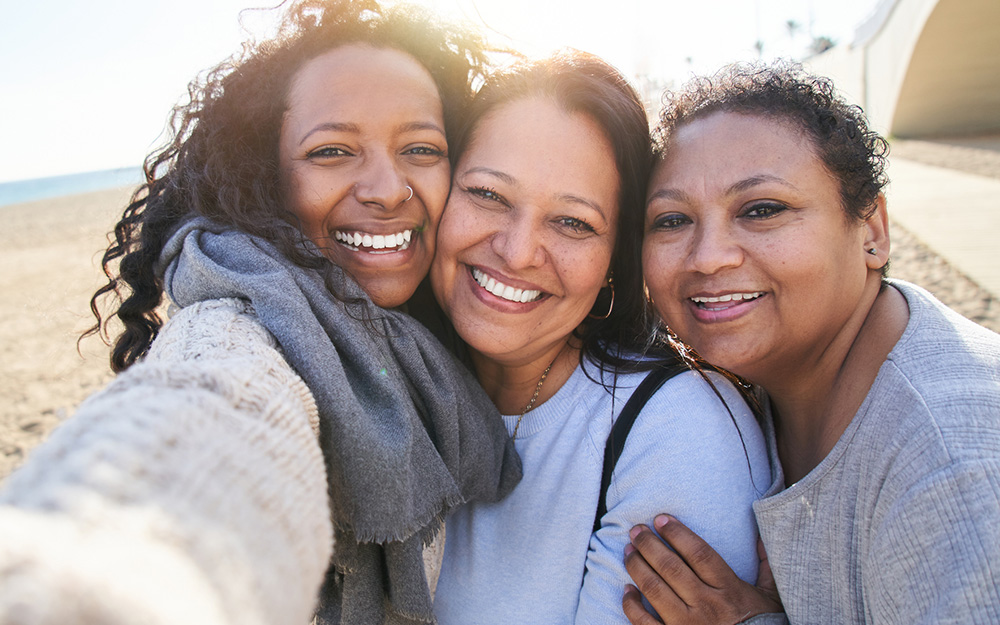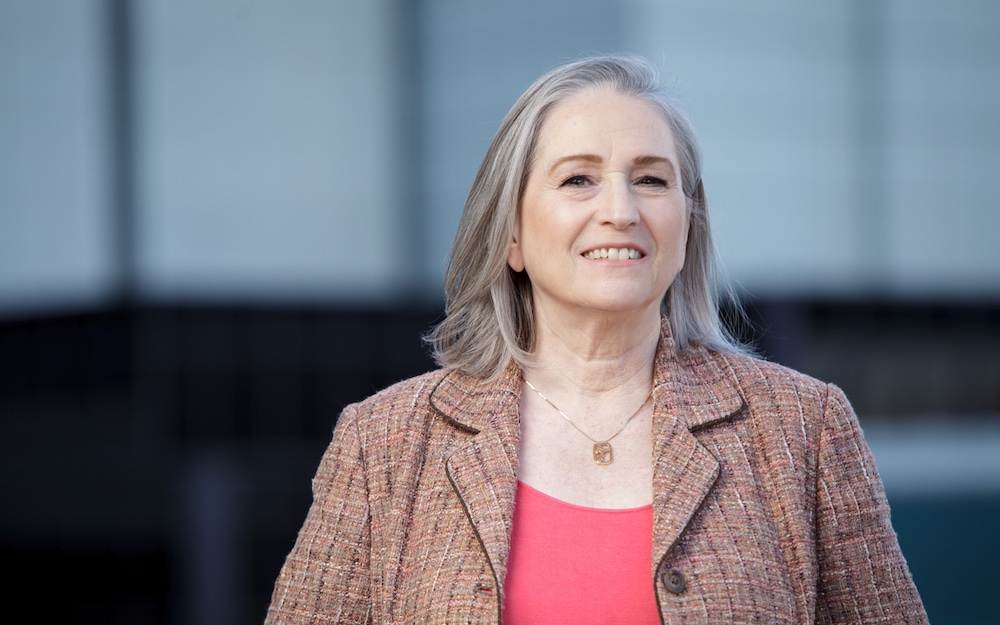Reversing Breast Cancer's Trajectory in the Latinx Community
Date
October 5, 2022

Date
October 5, 2022
Credits
Medical providers featured in this article
In Brief
{{cta-block}}
Breast cancer is a life-altering diagnosis, often requiring months of grueling therapies and surgery to recover. The most prevalent cancer in women, it takes an even heavier toll on communities that struggle with navigating the healthcare system.
Overlooked by many pink-ribbon efforts, Latinas are screened less for breast cancer than non-Hispanic white women, according to the American Cancer Society. When breast cancers are diagnosed in Hispanic women, they tend to be larger, more advanced and more aggressive. Just 59% are caught when the tumor is confined to the breast, compared with 67% for non-Hispanic white women.
Timely treatment among Latinas is another hurdle.
Even though the condition is 30% less common in Latinas, it's the leading cause of cancer death for this group—killing about 3,100 Latina women in 2021.
"These are really big problems to solve," says Jane Figueiredo, director of community and population health research at Cedars-Sinai's Samuel Oschin Comprehensive Cancer Institute.
"As Latina women, we tend to put ourselves last."
Healthcare barriers
Latinas face a barrage of obstacles to consistent screening and care.
Finding childcare and transportation for appointments can be challenging, cancer outreach leaders note. Patients often need to take buses to clinics and different locations for breast exams, mammograms and oncologist appointments, if a tumor is detected. And they can't miss work without forgoing a paycheck.
"As Latina women, we tend to put ourselves last," says Lourdes Barajas, Latinx lead community health associate at Cedars-Sinai’s Cancer Research Center for Health Equity.
With many people coming to the U.S. from Latin America, immigration status also plays a role. Immigrant women who lack permanent legal status in the U.S. are often too afraid to access preventive care they're eligible for.
Cultural and language competency make a major difference for Latinx patients, says Zul Surani, associate director of Community Outreach, Engagement and Operations at the Cancer Research Center for Health Equity.
"While information on breast cancer is available, it's often only in English and is not being delivered by a trusted source," he says.
After abnormal mammogram findings, Latina women wait longer for follow-up care than white women—a median 60-day delay until diagnosis, one National Cancer Institute-funded study found.
"Culturally, sometimes people don't want to know," either because they're afraid or don't feel sick, Barajas says. "Or what if there is something wrong and they don't have medical care?"
Treatment costs can be prohibitive for those in the community who live in survival mode. Latinos have the least healthcare coverage of any racial or ethnic group in the U.S., according to the U.S. Census Bureau.
And social factors, such as food access, affect cancer patients' health during and after treatment, worsening disparities for this underserved community.
Racism and discrimination are also compounding issues, Figueiredo adds.
Reaching uninsured and underinsured women
In tandem with California's Every Woman Counts program and Cedars-Sinai radiologists, the initiative provides free mobile mammograms and diagnostic services to uninsured and underinsured women. If you're eligible, you can call the program directly for scheduling assistance.
"We wanted to create this seamless system of care," Surani explains.
The clinic screened 80 people for breast cancer in 2021, despite widespread pandemic lags—and nearly 28,000 have been taught basic cancer literacy, according to program leaders.
They say the model could be scaled up by mobilizing more promotoras and providers.
The initiative also highlights Latinx breast cancer survivors, who help to combat cultural attitudes that people have no control over their health or fate, thereby empowering women to take action.
In Discoveries: Cancer Prevention in Every Language
Reducing risk
Cancer advocates and community health educators suggest lowering breast cancer risk with lifestyle changes such as:
- Daily physical activity and at least 150 minutes of moderately intense exercise per week
- Nutritious, plant-heavy diets with at least five servings of fruits and vegetables a day (staying at a healthy weight could prevent up to 30% of breast cancers)
- Drinking less alcohol
- Breastfeeding
Reproductive health—such as childbirth age and birth control usage—and family history also affect risk.
Genetic testing and research
There’s one understudied area that could help parse out who's more susceptible in the diverse Latinx population: genetic testing and research.
Mutations to BRCA1 and BRCA2 genes can increase breast cancer risk twofold or higher and are linked to more invasive forms of the cancer. But despite research suggesting the prevalence of these mutations among Latinas, these women are less likely than white women to be aware of genetic cancer risk assessments and to be tested.
Boosting genetic screening for breast cancer is the next frontier, Surani says, alongside a campaign to enroll more Latina cancer patients in lifesaving cancer clinical trials. Patient navigators are raising awareness about genetic risks and planning to investigate more ways to empower women to take charge of their breast health.
Combined, they hope the efforts will reverse the disease's trajectory.
There's increasing understanding that many genetic variants—not just mutations in the BRCA genes—can add up to increase a person's cancer risk, says Figueiredo, who is leading the largest U.S. study on colorectal cancer prevention and treatment in Latinos.
"If we were able to learn that someone has a genetically higher probability of having cancer and we provide that information to them, will that change their behaviors?" she asks.




